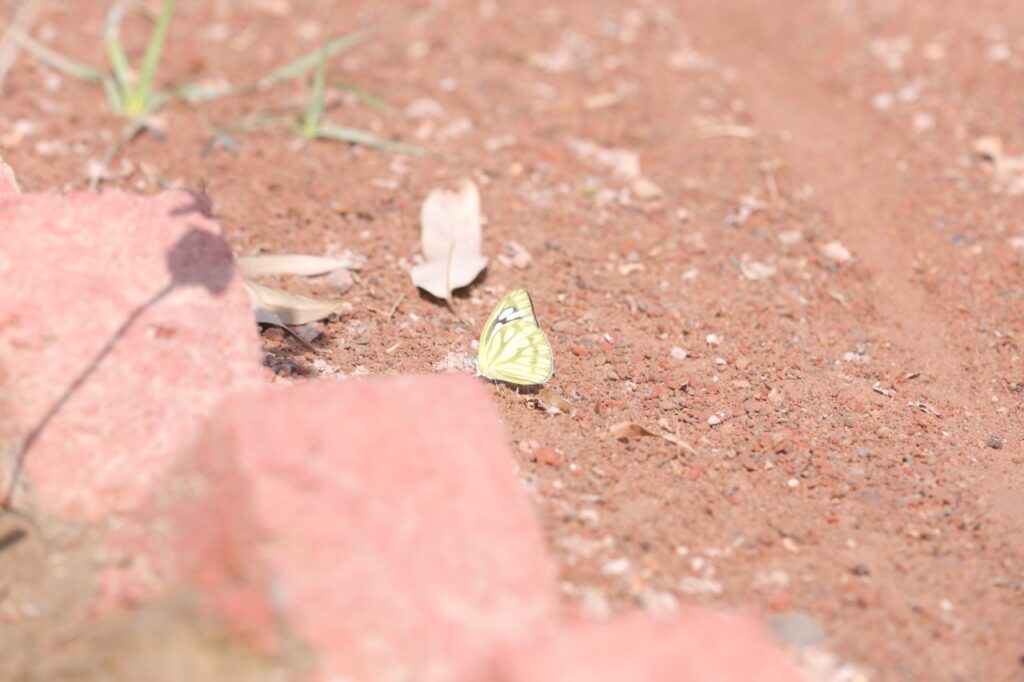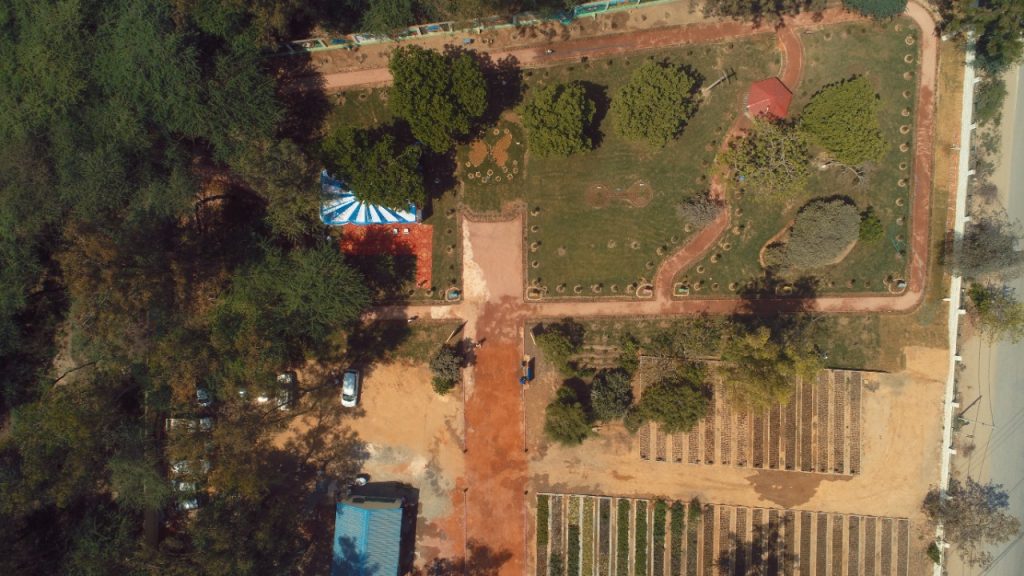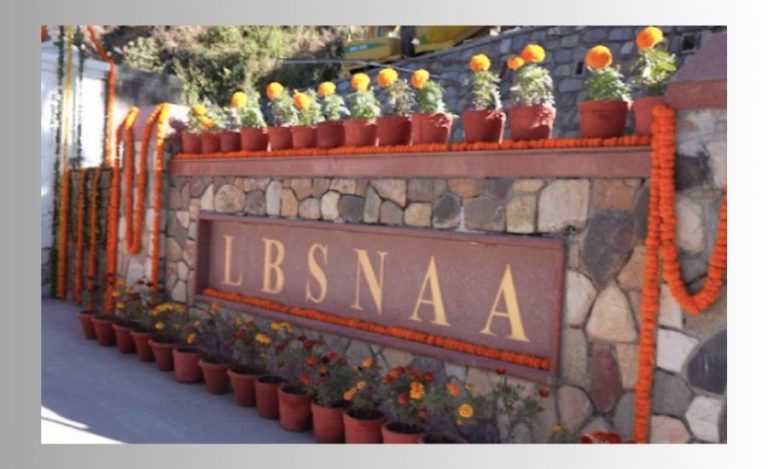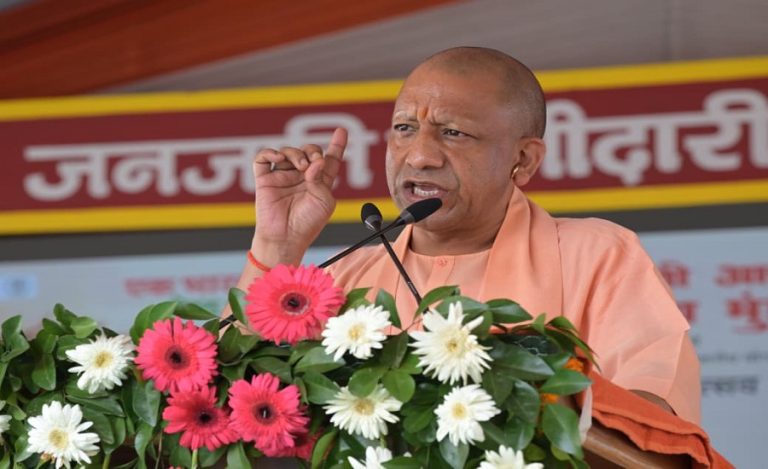Not so long ago, Singhu border in Delhi was in news for being the centrepoint of farmer protests. Farmers converged in that area to protest for about 15 months against the farm laws. However, Singhu border will now be known for a different reason altogether: for a butterfly park which was inaugurated on 5 April.
The Butterfly Park was developed in an abandoned ground and most of the credit goes to the North Forest Division, who took up this initiative. The park is situated in the extreme northern part of North Delhi, which lies between Singhu Village and Narela on Ram Dev Marg at Mamurpur Nursery under Alipur Range, North Forest Division. The park shares an area of approx. 0.5 acre with Mamurpur nursery out of the 1 acre of total land.
IDENTIFICATION
While speaking to Indian Masterminds, Deputy Conservator of Forest, North Delhi, Mr. Vipul Pandey, said, “The North Forest Division came into existence about a year back and most of the land under the division was not been scientifically demarcated yet. This particular land had a nursery which was in a very poor state and was abandoned. As the protest took place in the same area, I had a concern that the land might get encroached.”

Therefore, one of the main intentions of the department was to protect the land from any kind of encroachment. Also, there is a big jungle behind this land which the department wants to convert into a city forest in the days to come.
DEVELOPMENT
After identification, Mr. Vipul Pandey consulted the Bombay Natural History Society and some other butterfly experts and found out that the particular land is suitable for developing a butterfly park. “It was a difficult task as the land was abandoned and the farmers protest were continuing for a long time,” he said.
Earlier, the entrance pathway used to be filled with water, making it difficult for vehicles to enter the area. It was hence redeveloped into a cemented pathway so that trucks and other vehicles can enter the premises. After that, modernization of the area was taken up and nursery beds were redeveloped.
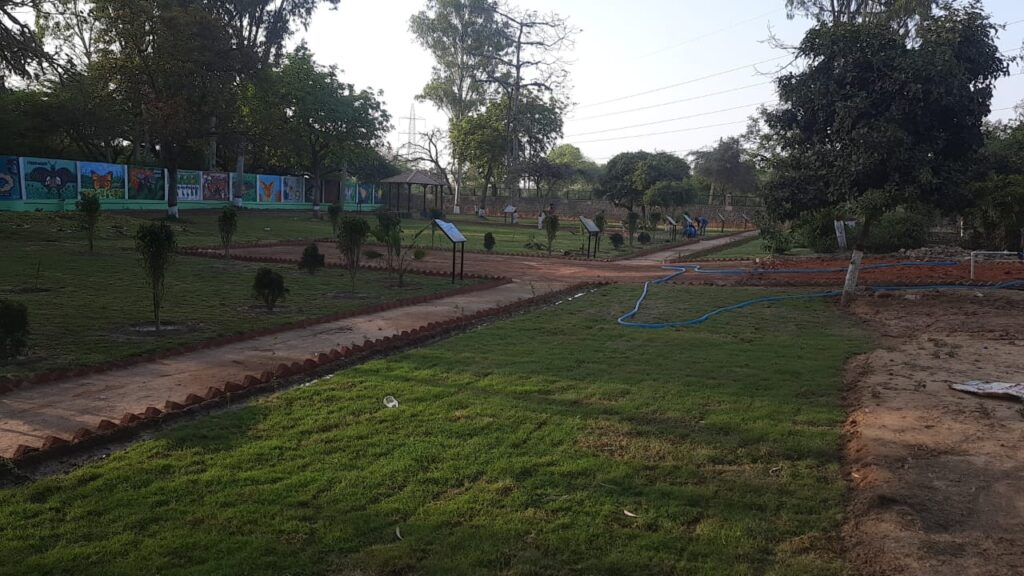
Eco-friendly pathway has been constructed, which is 5 ft. wide, made of eco-friendly materials only. This pathway is beneficial in terms of softer surface for walking and jogging, etc. A grass bank has also been created in this city forest, which is spread over the entire Butterfly Garden. Visitors can sit on this grass area and walk barefoot for relieving stress. A hut has been constructed too, so that visitors can sit and watch nature’s beautiful wonders.
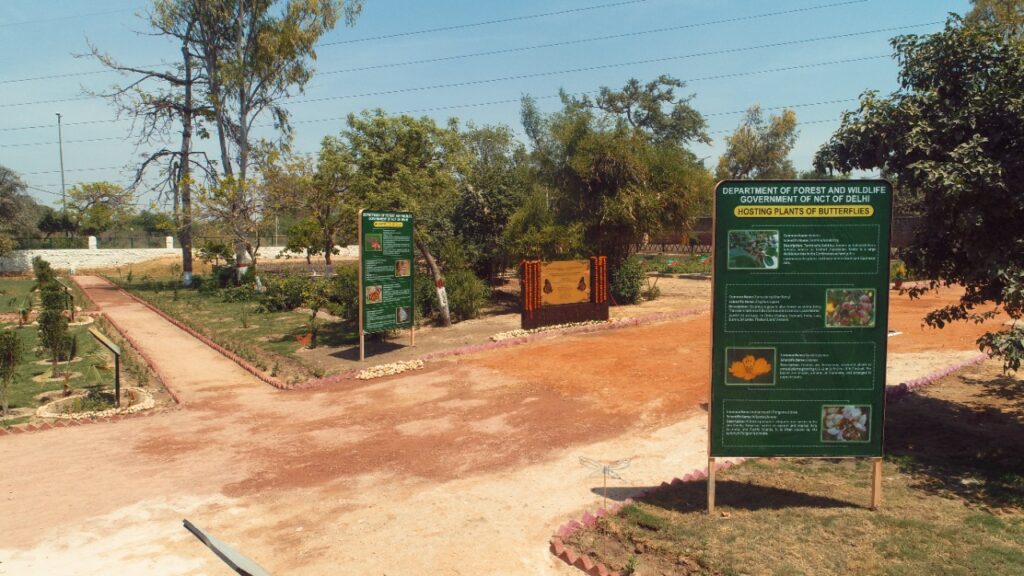
Apart from this, a butterfly-shaped mound filled with flowering plants has been constructed, which would be the centre of attraction. Multiple informative boards have also been fixed inside the Butterfly Garden to spread information among visitors about the scientific values and importance of butterflies, which are generally considered as mare insects.
ATTRACTING BUTTERFLIES
Butterflies are attracted to flowers with strong scents and bright colours, where they drink sweet and energy-rich nectar. So, species like Doctorbush, Chameli, Indian mallow, Dhobi tree, Blue Eranthemum, Manorangini, Jungle Geranium, and Water Morning Glory have been planted. The department also created mud puddling points and used rotten food to attract the butterflies.
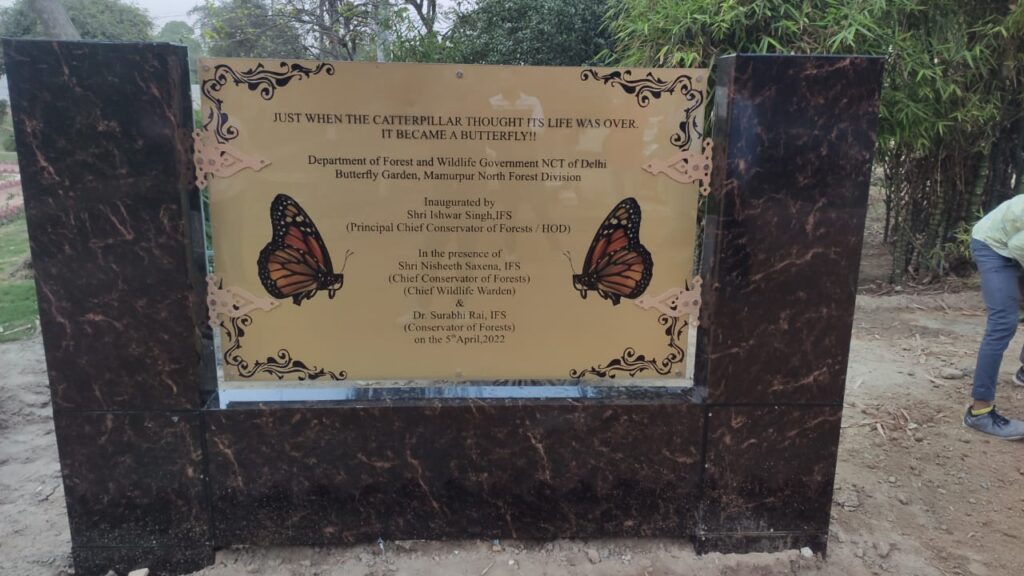
And these efforts have already started showing results! According to Mr. Pandey, “During the inauguration, which took place on 5 April, more than seven species of butterflies were identified.” More species are likely to follow, adding more variety and beauty to the Butterfly Garden.
